|
0 Comments
Kentucky Waterways Alliance (KWA)opposes the proposed construction of a shipyard and barge repair facility at the foot of Six Mile Island, on the Indiana side of the Ohio River. The U.S. Army Corps of Engineers is accepting comments, including emails, on this permit until the close of business on Thursday, March 28. The subject line of the email must be the Public Notice Number, which is LRL-1992-00532. The email must provide your physical mailing address and telephone number. To facilitate commenting Kentucky Waterways Alliance is providing a template email (below) that you may use as a resource to craft your own message.
About the project: An application has been filed with the U.S. Army Corps of Engineers to permit the project. This project would include construction of a 160x70 foot dry dock and the permanent mooring of four barges along the Ohio River. The applicant has also requested authorization to conduct regular maintenance dredging which will result in the discharge of 400 cubic yards of material annually for the next ten years into the river. The email template: Email Address: [email protected] Subject Line: LRL-1992-00532 I am submitting this email to formally oppose the proposed shipyard and barge repair facility planned at the foot of Six Mile Island, on the Indiana side of the Ohio River. This location is inappropriate based on risk to the preservation of Six Mile Island, the Ohio River, our recreational economy, and the physical health of Kentucky and Indiana citizens. Six Mile Island is a protected State Nature Preserve and habitat to many species of wildlife. The 85-acre island is noted for its variety of waterbirds, including Bald Eagles. This island was protected as a preserve so that it would be allowed to return to its original natural state. Additional barge and tugboat activity will create wakes that will further erode the sensitive banks of the island. Six Mile Island and the surrounding section of river serve as a beloved area for regional recreational boaters, including weekly sailboat races, families on motorboats, kayak and canoe paddlers, and even the Mary M. Miller Riverboat. There will be a negative impact to this important public recreation area used by thousands of Indiana and Kentucky citizens. The new facility is to be located approximately 50 feet upstream from a marine diesel fuel suppler. Adding more barge traffic near fuel barges carrying 600,000 gallons of diesel and hundreds of gallons of lubricating oils only 2.2 miles upstream from Louisville's drinking water supply intake on the Ohio River poses risks to the health of our community. I formally oppose this proposed project and believe that public hearings are in order with input from such organizations at the Kentucky Waterways Alliance, Ohio River Way, UofL’s Christina Lee Brown Envirome Institute, KY Fish and Wildlife, and the City of Louisville Metro Government. Sincerely, NAME ADDRESS Thirty years ago in 1993, the Nobel Peace prize was awarded to Mandela and de Klerk, hundreds of levees failed along the Mississippi and Missouri Rivers during the Great Flood of 1993, the first Beanie Babies were sold, the European Union was established, Al Gore was talking about climate change, the Clean Water Act was 20 years old, and the Kentucky Waterways Alliance (KWA) was founded.
The world has changed a lot in the last thirty years. What hasn’t changed is the KWA commitment to protect, restore, and celebrate Kentucky’s 90,000 miles of waterways as a source of cleaner and safer drinking water, to protect wildlife and endangered species, and to preserve the beauty of our greatest natural resource. In the Beginning The origins of KWA are reflected in the word ‘Alliance’. Eighty representatives from government, industry, community organizations and individuals from across the state, motioned to create a formal organization to work together on waterway issues. As a result, KWA was incorporated and granted non-profit status in 1993. River Network provided start-up funds with in-kind support coming from various state and local agencies. Watershed Partnerships As an alliance, we have placed a priority on working with communities across the state on local watershed issues. Much of our first decade was dedicated to helping small watershed groups. Over this decade we helped over 50 watershed groups across the state from Paducah to Prestonsburg, Louisville to Bowling Green, Covington to London protect their river or stream and to educate the community about the importance of clean water. KWA was instrumental in the founding of Watershed Watch of Kentucky, resulting in thousands of citizens who have been trained to take water samples and have learned about their local streams as well as about their larger watershed. In 2022, KWA’s Watershed Network program was established to continue the work of previous decades with the goal of increasing collective impact to improve water quality for wildlife and people who rely on clean water. Protection As an Alliance we have and continue to advocate for better policies and programs at the state and national levels. Over the years, KWA staff has served as watchdog over permits that discharge pollutants into Kentucky’s waters by reviewing, commenting, and in some cases challenging, bad permits. KWA staff reviewed and commented on hundreds of permit applications, helping to improve the permits and thereby protect our waterways. A citizen suit filed by KWA against the USEPA set national precedent on antidegradation that helped provide better protection for over 90% of Kentucky’s waterways. We successfully advocated to the Division of Water and U.S. Forest Service for the addition of new Outstanding National Resource Waters that permanently protected over 62 miles of streams and 2040 acres of wetlands. We fought and succeeded to keep a cold-water habitat designation for 16 Kentucky streams, which protected their use as trout streams. KWA won an 8 yearlong court battle to ensure there will be no more valley fills from coal mines under generic nationwide permits. KWA won a lawsuit requiring a more thorough assessment of the impacts of any nationwide permit before reauthorization. Restoration As we have seen time and time again, an impaired, polluted waterway can be restored. KWA helped co-author a Watershed Planning Guidebook, a valuable resource for watershed groups all over Kentucky and we have helped author many watershed plans through the years. Six years ago, KWA began implementing the Red River Watershed plan in Eastern Kentucky. This nationally designated Wild & Scenic River has benefited from cleanups, environmental education, and septic system repair and replacement. KWA established and managed the Kentucky Aquatic Resources Fund (KARF), created to provide a sustainable source of funding for aquatic ecosystems in Kentucky. Outcomes from the partnerships created through this fund resulted in the removal of the Green River Dam 6 in 2017, the Barren River Dam 1 in 2022, and next the Green River Dam 5 will be removed. We have hosted and coordinated thousands of volunteers in river and stream cleanups across the state and removed hundreds of tons of trash from our waterways. In 2022, KWA began working with the National Wildlife Federation and other partners on the creation of an Ohio River Restoration Plan which will be presented to Congress in late 2023. This plan, if enacted, could bring millions of federal dollars to the Ohio River Basin to protect and restore it for future generations. Celebration In 2016 the “celebration of waterways' was added to the mission of KWA during a strategic planning process. KWA believes that our waterways are worthy of celebration through participation in community events, art, music, film, photography, and writing. KWA believes when we celebrate the beauty and joy our waterways offer, it offers a chance to inspire activism and a love for nature. We protect what we love. Celebrations through the years have included hosting our Wild & Scenic Film Festival, the establishment of a KWA artist-in-residence program, Aveda Earth Month events, the Wild & Scenic Red River Festival, participation in AFLOAT, inspired by the art and environmentalism of Harlan and Anna Hubbard, and participation Ripple Effects, a water themed photography contest for students. This year, KWA is holding our 30th anniversary celebration, an evening of music and film, on August 18 at Waterfront Botanical Gardens on the bank of Beargrass Creek, Louisville’s primary urban stream. Looking to the Future While much has been accomplished, much work is ahead. We know there will be continued threats to the Clean Water Act, that bad actors will put profit before our greatest natural resource, and that Black communities and communities of color will bear a disproportionate burden from polluted water and other environmental harms. We also believe that when we come together, resolved in our commitment to clean, healthy waterways, our actions can make a difference. Kentucky Waterways Alliance, its members, and partners will continue to strive to improve the quality of our waterways, for all Kentuckians and our neighbors downstream. Please join us! KWA’s Beargrass Creek Environmental Education Program was generously supported by a grant from the Norton Foundation. This funding allowed KWA, along with our partners at Kentucky Association of Environmental Education (KAEE) and Louisville Nature Center (LNC), to host an in-person field trip for 8th grade Jefferson County Public School (JCPS) students and to provide professional development training to JCPS teachers.
Middle school teachers from seven JCPS schools received professional development using Project WET and Aquatic Wild curriculums that included classroom learning as well as experiential learning to replicate lessons they will teach their students. Teachers received Project WET and Aquatic Wild curriculum and guidebooks to keep in their classrooms as resource for future lesson plans. Eighth graders from Farnsley Middle School had the opportunity to hike through the forest in Beargrass Creek State Nature Preserve to Beargrass Creek where they collected crawfish, mussels, dragonfly larvae, and other aquatic creatures and observed them with creek-side microscopes. In addition, in small break out groups the students studied benthic macroinvertebrate and riparian zones. Following the field trip, Melissa Brown, an eighth-grade teacher Farnsley Middle School, wrote to tell us, “I was inspired to reach out to the Soil and Water Conservation District to help our school's Environmental Club to create a new pollinator garden on our campus. We are using the benefits of this experience to maximize student learning as well as protect an ecosystem here at our school.” Kentucky Waterways Alliance has long held that the health of the Ohio River (“La Belle Riviere”) is critical to the well-being of our Commonwealth and country, both its citizens and wildlife. KWA has been working for 30 years to protect it. The Ohio River Basin is a region of 204,000 square miles covering parts of 14 states and including a population of nearly 25 million people. For 664 miles the Ohio River flows along the Kentucky shore. KWA is pleased to see renewed attention from many sectors focused on restoring, protecting, and celebrating the Ohio River, one of the great rivers of the world.
Bad News and Good News: First, the bad news: A report released in September 2022 by Environment America titled “Wasting our Waterways” noted that heavy industries including coal-fired power plants, steel and aluminum manufacturers, petrochemical plants dumped 41 million pounds of toxic pollution, including “forever chemicals” polyfluoroalkyl substances – known as PFAS, into the Ohio River watershed, more than any other in the United States in 2020. Ward Wilson, KWA’s Executive Director says, “It's disheartening to hear that the Ohio River once again is at the top of this list of polluted waterways. But let's not write it off - it is still a beautiful river and deserves to be protected, restored, and yes, even celebrated.” And now the good news: The river is healthier than it’s been in one hundred years. But there is much work left to accomplish. The National Wildlife Federation (KWA is the NWF Kentucky affiliate) and the Ohio River Basin Alliance (ORBA) are overseeing a process to craft a regional restoration plan to protect and restore the Ohio River, its tributaries, wetlands, and surrounding habitats in the 14-state region. The restoration plan will address serious threats to fish, wildlife, and people, including problems such as sewage contamination, mining waste, polluted runoff, and toxic pollution. The plan will also seek to reverse environmental injustices, including inadequate water sanitation services, unaffordable drinking water, and flooding concerns. The restoration plan will be delivered to the U.S. Congress in 2023, with the goal of securing new federal investments to implement the plan and to provide clean, safe, and affordable water to every person in the region. This restoration plan is modeled on successful large-scale initiatives to restore Chesapeake Bay and the Great Lakes regions. KWA held a Listening Session for the restoration plan in August, on one of the hottest and most humid days of the summer. A capacity crowd filled the unairconditioned Community Boathouse located just steps from the Ohio River, demonstrating their support and passion for the health of the Ohio River. In addition to our work with NWF, KWA also applauds the efforts of many volunteer and nonprofit groups who are committed to the Ohio River. KWA is engaged with organizations large and small whose work benefits the Ohio River, including Salt River Watershed Watch, Rotary Club of Louisville, Ohio River Way, Payne Hollow on the Ohio, AFLOAT: An Ohio River Way of Life, Artist at Exit Zero, Albertus Gorman, and watershed groups across the state. KWA encourages our members to join us in being a voice for the Ohio River. KWA has been following the ongoing disaster in Eastern Kentucky from historic and sudden flooding in late July. Our hearts go out to all of those that were affected - those that lost loved ones, those that lost homes, those that were sickened by the contaminated waters and the mold that grew, and those suffering from the mental and emotional stress of it all. We have donated to fundraisers, amplified voices from the area in our social media, and we have done one trip to Breathitt County. The photo above shows some of the flooding there.
We are thinking about what else we can do to be helpful. We want to be constructive while also being compassionate. Many of our members and partner organizations are talking about the causes of the flooding. There is good evidence to support the role of climate change, mountaintop removal for coal mining, and lack of infrastructure as contributors to the devastation. KWA will continue to highlight those issues, but right now we are thinking of our fellow Kentuckians and how to support them. When the initial response and recovery efforts are completed, KWA will be working with our partners to be part of the solutions, which are complex and will take time. Here are some things we are considering, based on our mission statement.
KWA has been working for years to protect and restore wildlife habitats in and around waterways in Kentucky. Now we are excited to share that there is a chance at serious funding for this important work. Kentucky would receive over $15 million/year to conserve lands and waters that support over 300 species of wildlife. Check out the attached fact sheet with more information and then click the Support KY Wildlife button to lend your support to this historic effort!
Our 4th annual Make a Splash Water Fest for Wolfe County 6th graders was, you guessed it, a little different this year due to COVID restrictions. But it didn’t stop us from re-figuring in order to bring Wolfe County students fun, engaging, environmental educational programming to learn about water quality. We all have an effect on the land and water we are surrounded by though those practical lessons are not always taught/re-iterated. Students went away from the event with knowledge in the following:
What is a watershed?
Stormwater runoff takes pollution into our streams, rivers, and lakes. What are some ways we can reduce pollution in our waterways?
KWA's 13th annual Wild & Scenic Film Festival premiered in-person Thursday, June 17 at the Sauerbeck Family Drive-In in LaGrange, KY. Simultaneously, the virtual festival experience took place from June 17-June 22. 120 individuals attended our drive-in experience, and 60 households watched the virtual experience. At the drive-in we had several different organizations present: Beargrass Creek Alliance, Forecastle Foundation, Quest Outdoors, Kentuckiana Air Education, Louisville Grows, Jefferson County Soil and Water Conservation District, Kentucky Natural Lands Trust, Kentucky Conservation Committee, and Louisville Climate Action Network. KWA Artist in Residence, Albertus Gorman, the Artist at Exit 0, was on site constructing a live sculptural exhibit. He had several different works on display, including his Waterfoul or Plastic Quackery Collection. We were thrilled to be able to reconnect with KWA members, both new and old, and to celebrate by watching 10 environmental and adventure films together. Our guest emcee, Angie Fenton of Extol Magazine & Media, did a fabulous job introducing the films and sharing her personal connection to our natural world. Two creek cleanup events were held on Beargrass Creek Saturday, January 30, 2021.
The Butchertown Neighborhood Association organized their cleanup event on Beargrass Creek at the Karen Lynch Park next to the Beargrass Flood Pumping Station. Huge thanks to Joe Bringardner and Michael Logsdon of Butchertown Neighborhood Association who helped to make this event a huge success. Four trucks were donated by volunteers and a total of seven truckloads of trash and debris were removed. The Friends of the Forecastle Foundation organized a cleanup in Cherokee Park near Big Rock, a popular location for recreation. A special thank you to the #naturallyawesome Sylvia Holden, Kassi Cawood, Jerry Scrogham, and Liz Vail for making this happen. |
|||||||


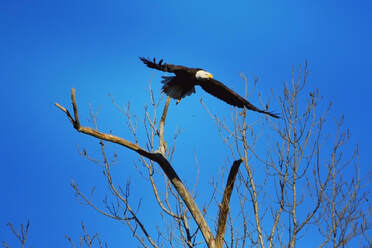
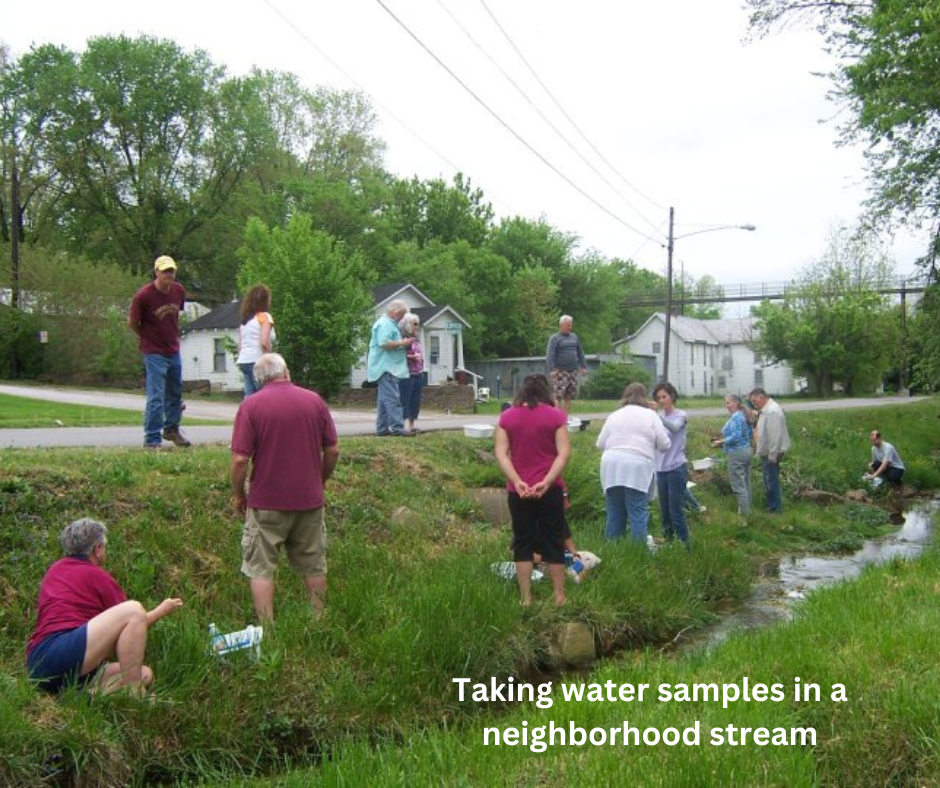
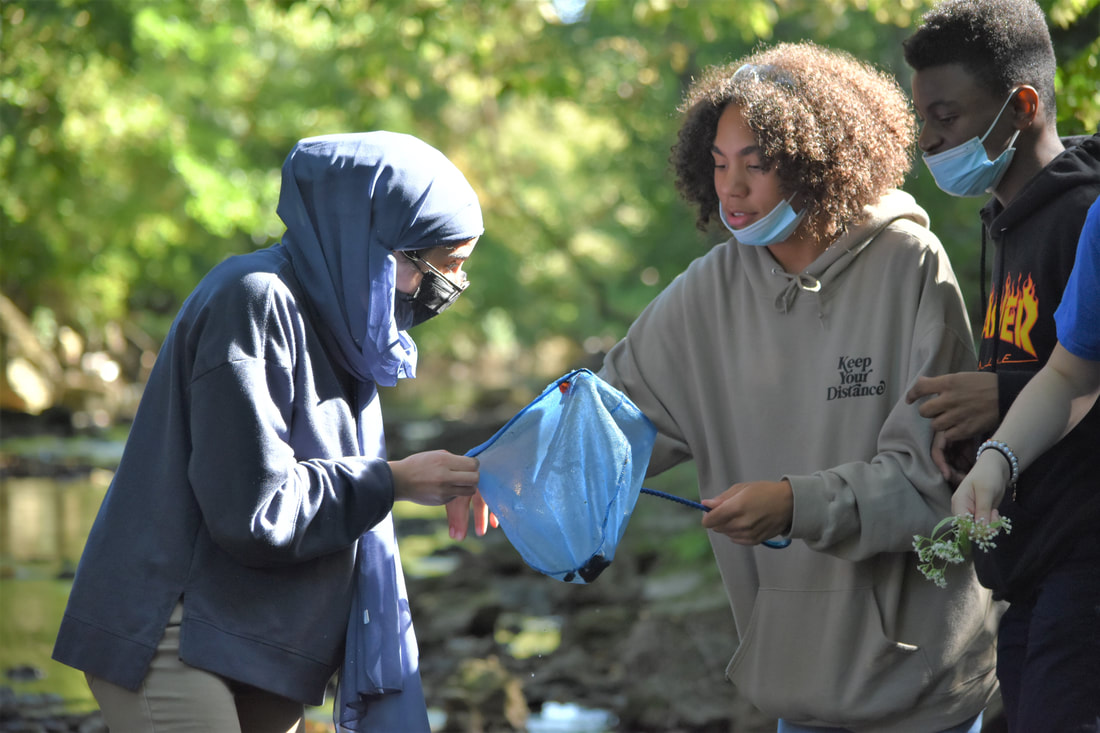
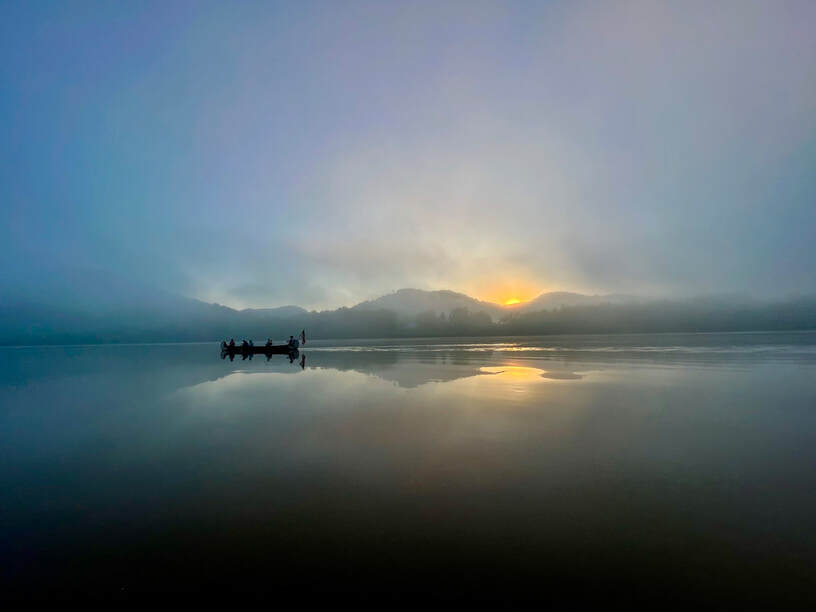
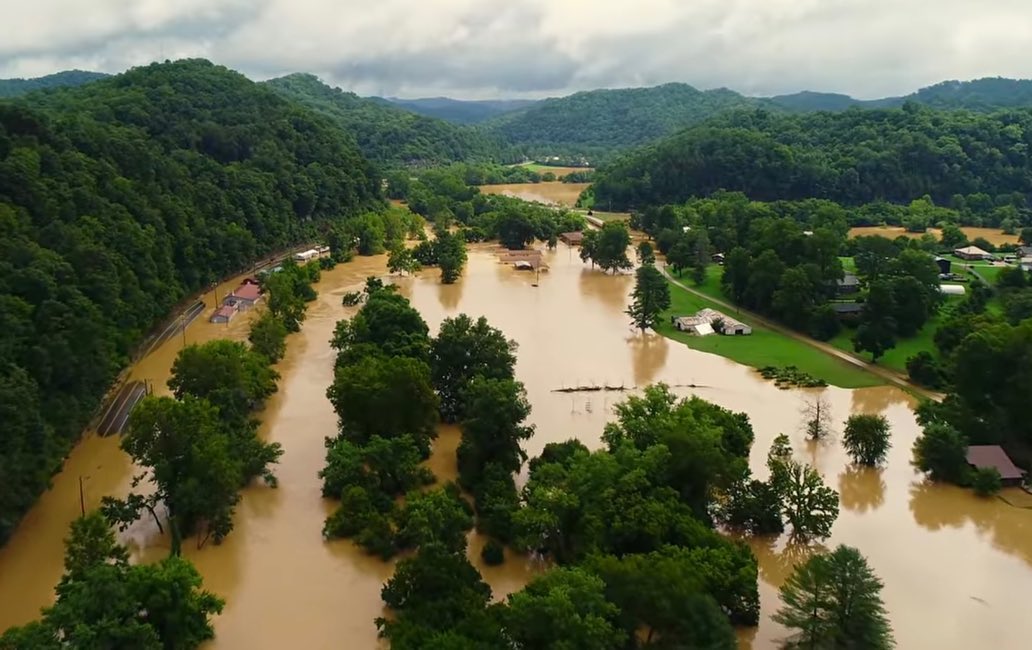
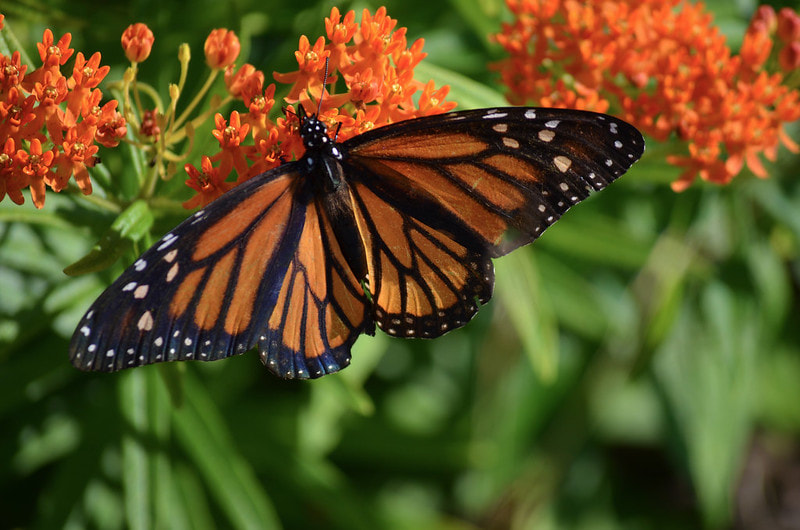
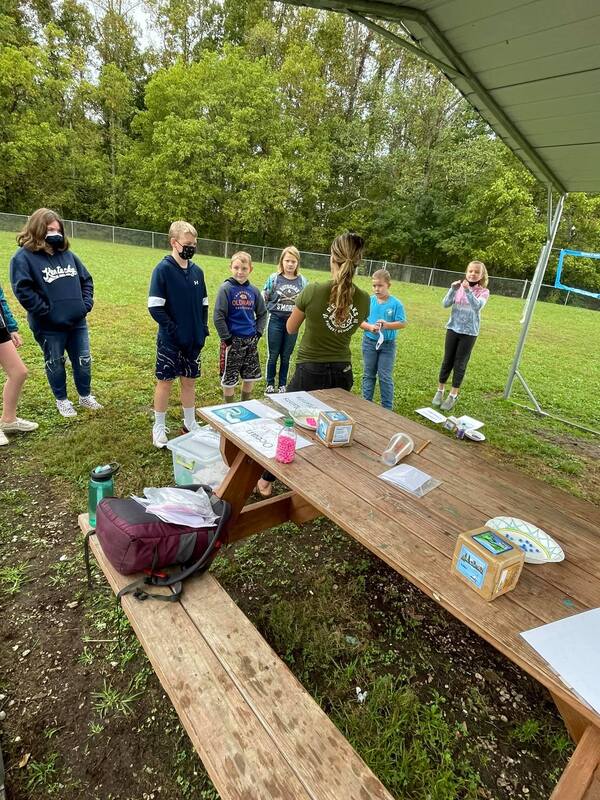
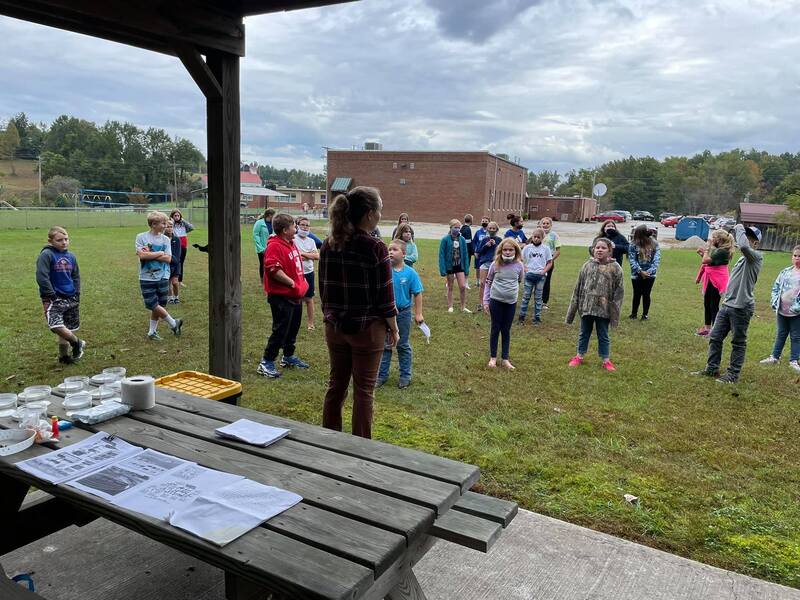
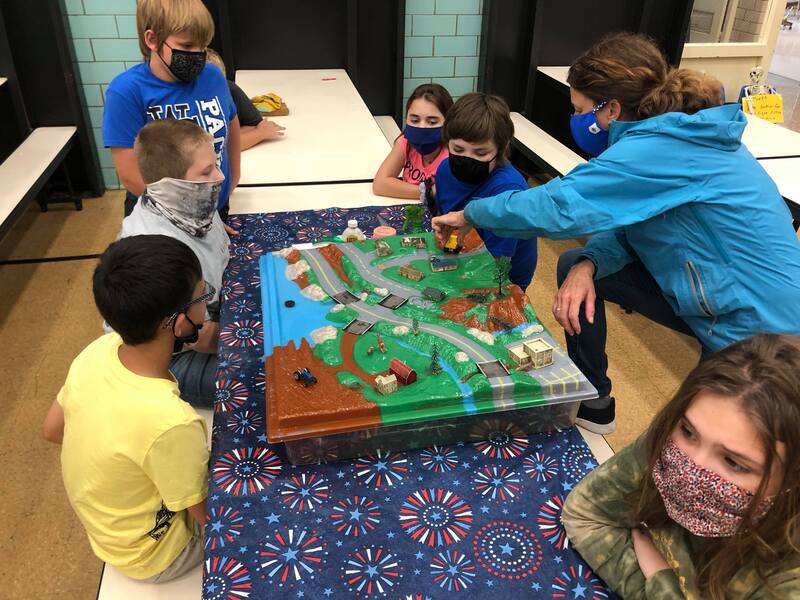
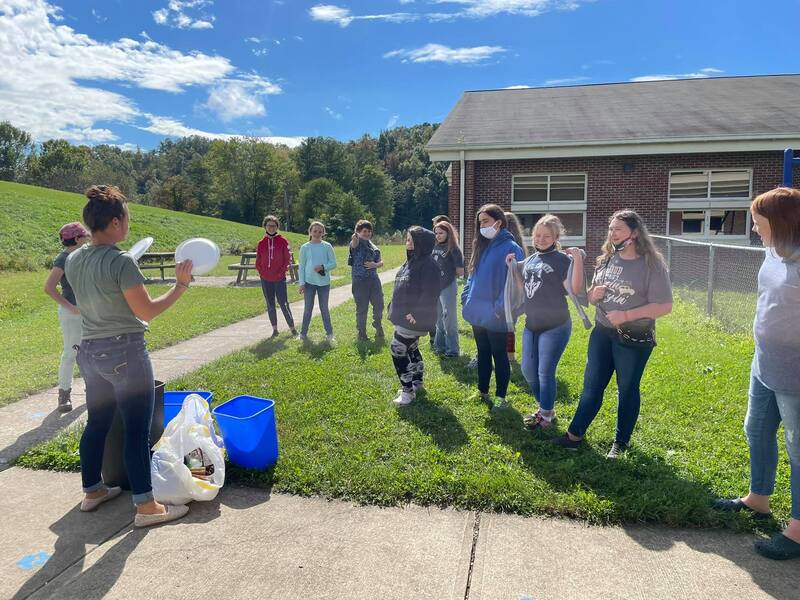
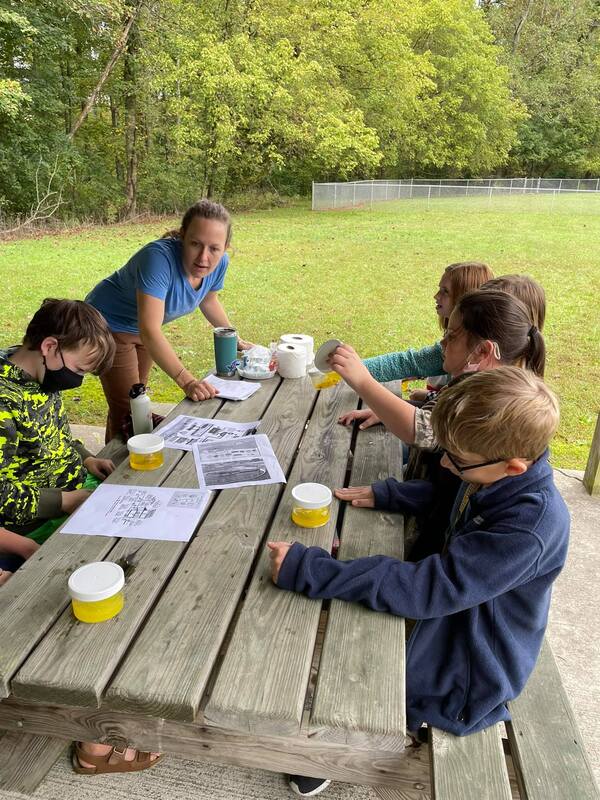
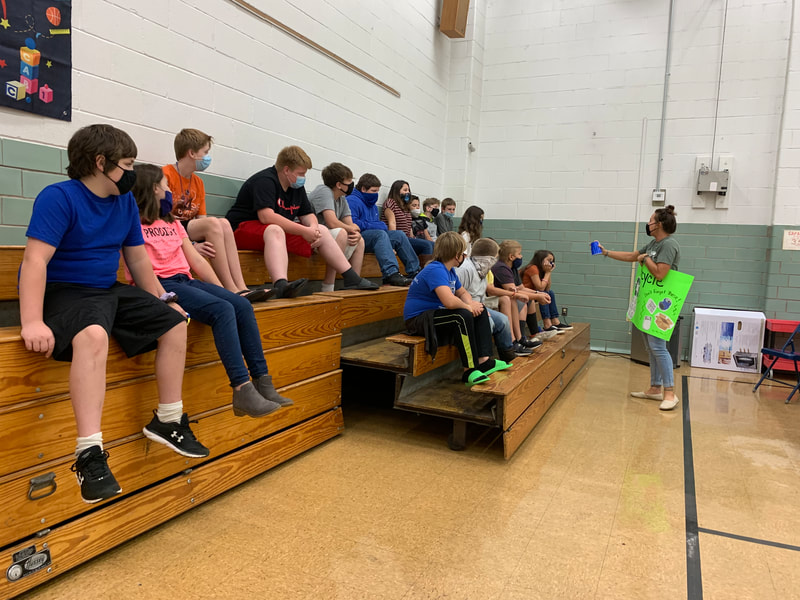
 RSS Feed
RSS Feed